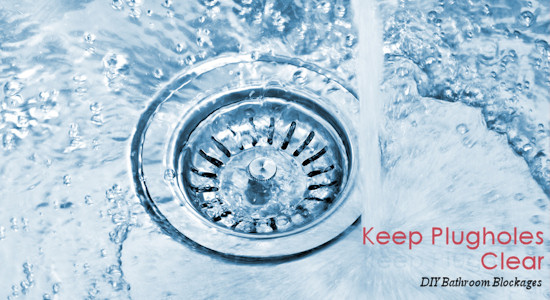Growing a Container Garden
Have you always wanted a garden but don’t have much room? Container gardening just might be an ideal solution. A container garden is perfect for areas where space is limited, such as an apartment balcony, patio, or small porch. Not only is this type of garden space-efficient, it’s easily portable. Containers can be moved without the hassle you would have moving plants to and from different areas of a traditional garden. Speaking of containers, it’s important to choose the right type if you want good results.
Choosing Container
Containers come in a variety of different materials. You can choose from plastic, clay, ceramic, terra cotta and even wood. The material the container is made from is a matter of personal preference. Some people go with containers that are all the same type, while others mix and match materials to create an eclectic look. What’s important is to make sure the container you select has adequate holes drilled in the bottom for drainage. Some people elevate their containers to encourage faster draining. Be sure to use a tray to catch the water. You can use a plastic tray or buy one that coordinates with your container.
Size of Containers
The size of your containers will depend on what you’re planting in them. For shallow rooted flowers, plants, fruits and vegetables, you will need a container that offers approximately eight inches of soil depth. For plants, flowers, fruits and vegetables that have deep roots, it’s crucial to go larger with your container. These types of botanicals work well in large tubs or half barrels. Examples of deep rooted botanicals include many perennials, tomatoes and cucumbers. If you’re not sure how much space you need, consult the experts at your local garden center or plant nursery.
Soil
Soil for your container garden should be porous and lightweight. Rather than using dirt from your yard, purchase ready-made potting soil from a garden center. This type of soil is perfect for container gardening because of its density and composition. And, it’s fairly inexpensive. You may also want to pick up a good fertilizer while you’re at the garden center. You will want to fertilize your container garden about once a month. You’ll find a variety of fertilizer choices on store shelves, including organic.
Watering
When it comes to watering your plants, you will want to check them frequently to make sure they’re moist enough. Container gardens dry out faster than traditional gardens because the amount of soil per container is smaller. You don’t want the soil to be too wet or dry. Try to maintain moderate dampness in each of your containers. Depending on weather conditions, this may mean watering anywhere from every day to every few days.
Sunlight
The amount of sunlight your container garden will need depends on the type of plants you have. Some plants need full sun, others need moderate sun, while others thrive in the shade. If you’re not sure about the amount of light your plants need, consult an expert at the garden center or nursery. You can also find plenty of information about how to care for every plant imaginable online. Container gardening is a relaxing and rewarding pursuit for all ages that can transform the plainest space into a bright and beautiful area.
| Related Articles:
Designing a Lovely Garden with Plant Stands Creating a Japanese Garden and Landscape |

